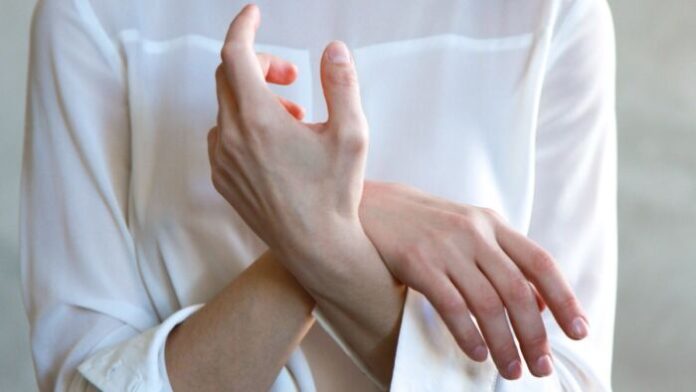
Among the many tips issued by the World Health Organization to prevent contagion from coronavirus, there is to wash your hands frequently, for at least 40-60 seconds and, in the absence of water and soap, use a disinfectant gel, a product that has become now unavailable in supermarkets and pharmacies.
Why is it so important to protect your hands? First of all because the hands, after eyes and face, are the most socially communicative part of our body and also the most exposed. Just think of the classic handshake that we exchange in greeting or all the actions we carry out with our hands every day, which come into contact with atmospheric agents and with the most diverse surfaces.
This means that bacteria of all kinds nest on the hands. Washing them often helps to reduce the bacterial load and the dirt, so as to avoid contaminating also other surfaces of our body. In addition to washing, hands need to be protected from the cold, hydrated and kept soft.
If you can’t use soap and water, you can use hand sanitizer. Except for some types that are disinfectants, or rather medical devices, the rest of the products we find in the shops are all sanitizing, and therefore belong to the large family of cosmetics. When buying a hand gel it is good to keep this valuable distinction in mind.
In sanitizers we will often find in the ingredients the wording Alcohol Denat or, as the words suggest, denatured alcohol. It is a powerful sanitizer only if it is present in the finished product at a concentration of over 60%, but remember that it is not a disinfectant, although it was used for this purpose until a few years ago.
So, better soap and water or a sanitizing gel? Surely water and soap are more effective for cleaning and eliminating dirt and bacteria, provided you wash your hands well, that is, using at least the famous 40-60 seconds suggested by the WHO. A minute that can change our life. However, when this is not possible, an alcohol-based sanitizer is still a good substitute to carry in your handbag.
Another factor to keep in mind are the contraindications deriving from alcohol abuse. The feeling of freshness that we experience by applying a sanitizing gel is due precisely to the effect of alcohol which, however, does not completely evaporate leaving traces on the skin. Frequent applications can sensitize and redden the epidermis.
Since Covid-19 has spread, many have suggested DIY formulas for the realization of sanitizing gels containing salt or sodium hypochlorite, or the active ingredient of bleach. The latter is a disinfectant which, depending on the concentration, is used for cleaning surfaces (used in hospital) or for washing vegetables but certainly not for cleaning hands. The confusion was generated by the fact that a famous commercial brand produces a sodium hypochlorite-based disinfectant for washing vegetables and an alcohol-based hand sanitizing gel and, therefore, it was believed by assonance that they were the same thing.
In fact, the effectiveness of sodium hypochlorite against pathogenic microorganisms depends on both the concentration and the time of contact, as reported by the WHO which, in response to the epidemics of viruses such as Ebola, has studied the issue in an attempt to provide do-it-yourself disinfection media even in poor countries. Yes to bleach to disinfect surfaces, therefore, but it is good to remember that it must always be diluted in water and that its effectiveness is not immediate but it must be left to act for at least ten minutes before rinsing. As for the hands, since we wash them for a few tens of seconds, sodium hypochlorite does not have enough time to be effective.
The coronavirus emergency has brought attention to hygiene but it should be remembered, when this period has passed, that hands must be washed often and not only when we are faced with an epidemic.






































